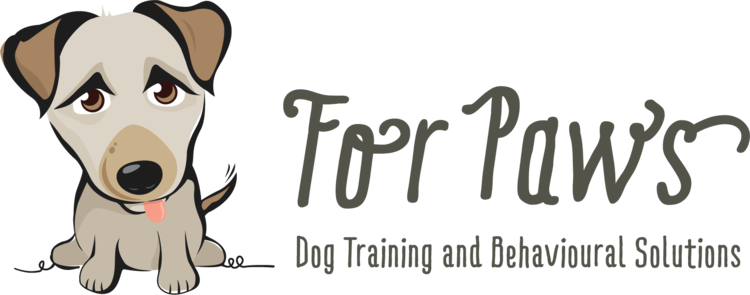“No” seems like a pretty harmless word, after all it’s in human nature to say it when we don’t want something to happen. But what does “no” mean to a dog? The short answer is nothing. Until we give it meaning.
Most of the meaning we give the word “no” comes from when and how we say it. The word itself is not inherently bad, technically you could use “no” to cue any behaviour you wanted. The problem is that “no” is mostly said when the owner is frustrated at something their dog is doing and with a gruff tone/imposing body language that even in mild forms, intimidates the dog into stopping.
Because of the word’s relationship to intimidation, “no” can become a stress indicator for your dog; every time you say it your dog remembers the shooing, or yelling or frustration. And, the worse those intimidations were, the more stress your dog will feel. Sometimes this stress might not be obvious to the owner and they will often think their dog is fine with it; but even the mildest intimidation with the word “no” can elicit subtle stress responses. But this is beside the point, no dog needs the additional stress. It’s just lazy training; a crutch people use when they haven’t instilled the behaviours they do want.
So what should you do instead?
While “no” tells a dog what you don’t want, it doesn’t give them an alternative and they will often seek their own, which may or may not be one you want them to seek. So, why not encourage your dog to do things you are happy for them to do? Training alternate behaviours that are incompatible with the undesired behaviour will not only prevent the problem, but also take a lot of stress away from both owner and dog.
For example, if your dog jumps up on people for attention, work on reinforcing a calm behaviour such as “sit” when people are around. If your dog sees the benefit in sitting, they won’t jump up on people. That means that you can still give them the attention they were seeking from jumping, but for the calm behaviour instead. If reinforced correctly, they will start to offer this behaviour automatically rather than the jumping meaning you don’t need to say “no” on repeat and neither of you get frustrated!
Remember dogs will perform any behaviour that is reinforced, whether it’s a good behaviour or not, so it’s important to only give attention while your dog is doing something you like.
So next time you want to say “no” to your dog remember you’ll both have a lot more fun and success if you stop trying to tell them what not to do and find some alternatives you’re both happy with.

